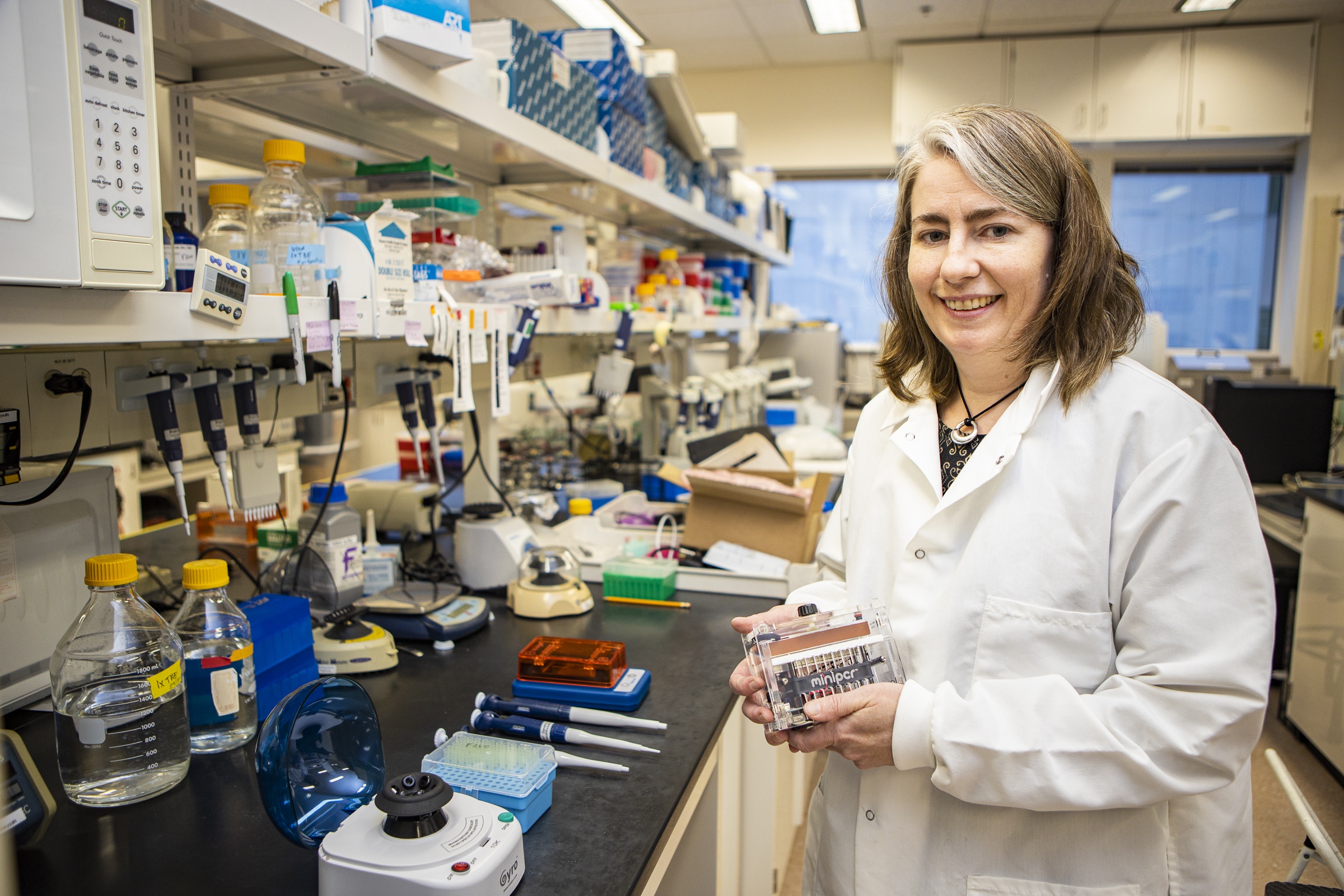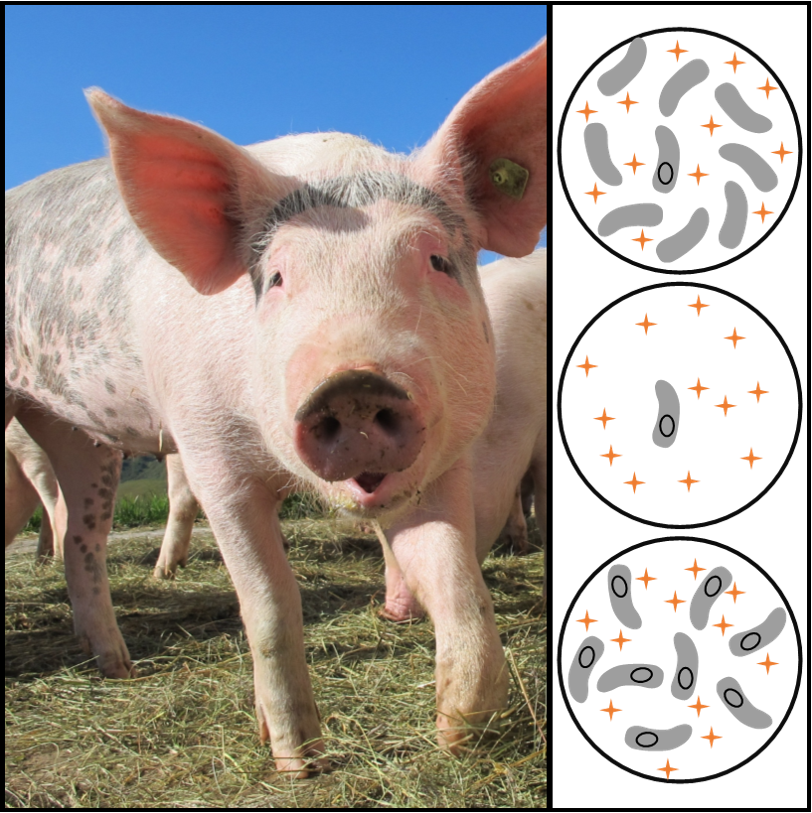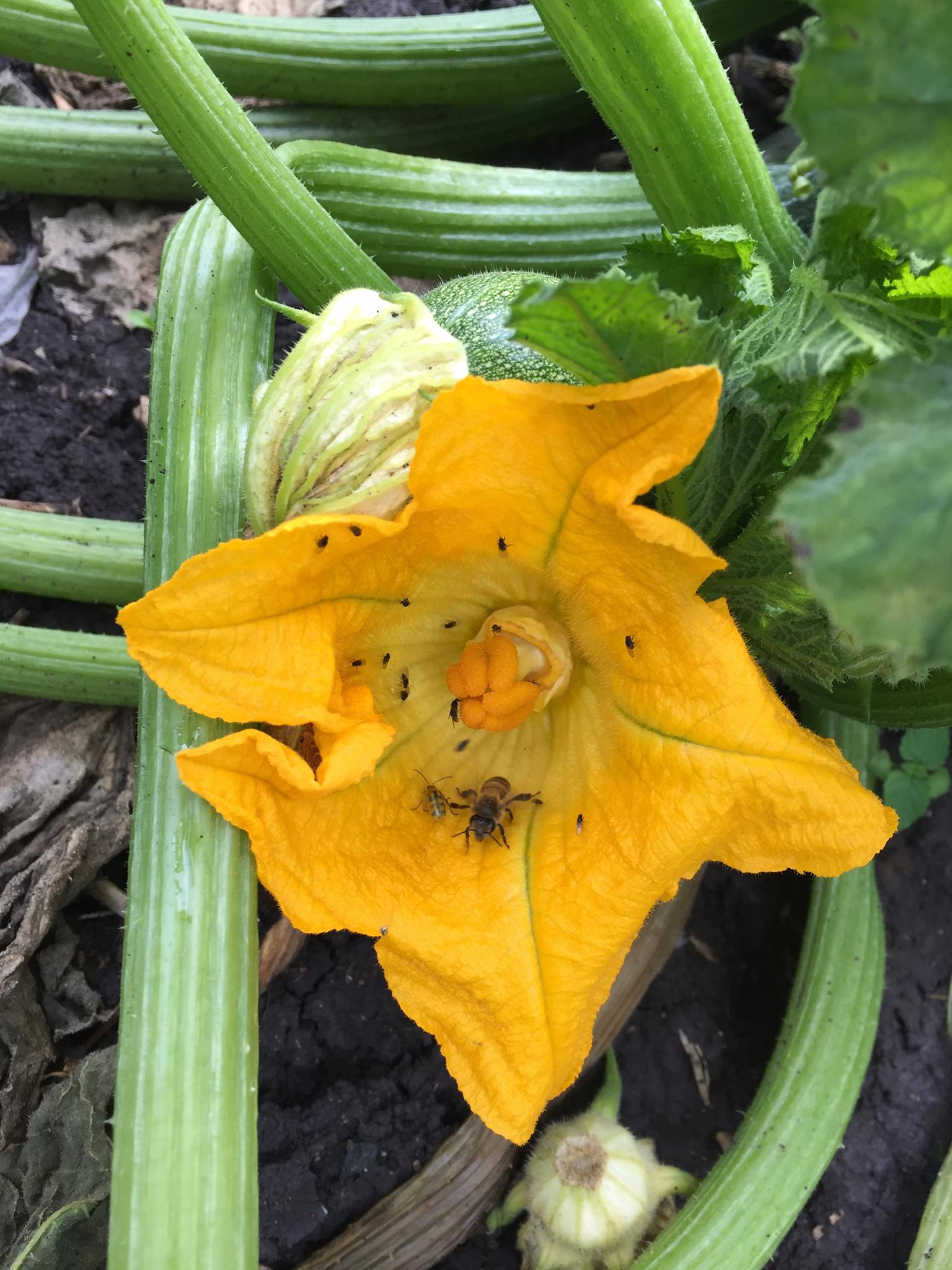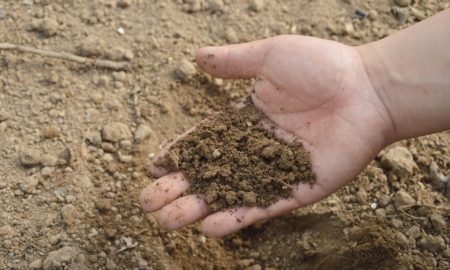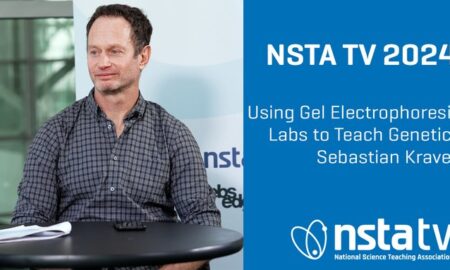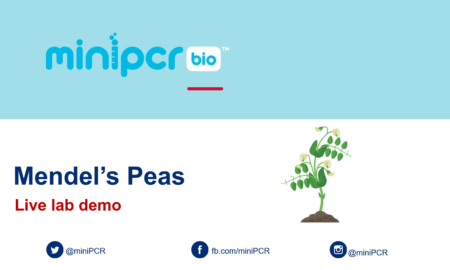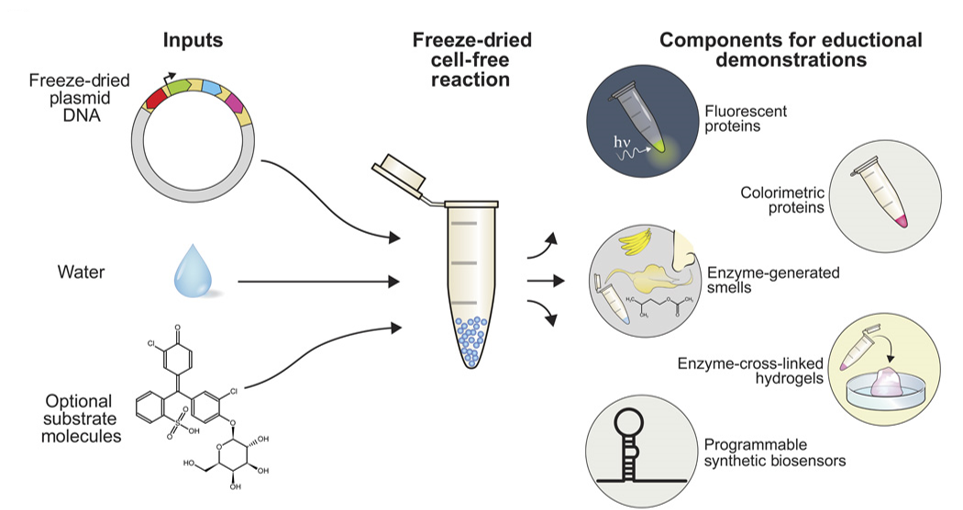Hands-on labs at home with miniPCR bio
Many students around the world are experiencing online learning for the first time as part of the efforts to slow the spread of COVID-19. Yet distance education had been growing in popularity even before the pandemic. Online education makes college training accessible by offering more flexibility at a lower cost than a traditional degree. While many educational approaches can be adapted for online courses, hands-on labs have been difficult to replicate virtually. Laboratory activities are an essential component of many STEM courses, promoting critical thinking skills while familiarizing students with essential techniques for science careers. But bringing hands-on lab activities to distance learners remains one of the key challenges faced by educators, especially during this pandemic.
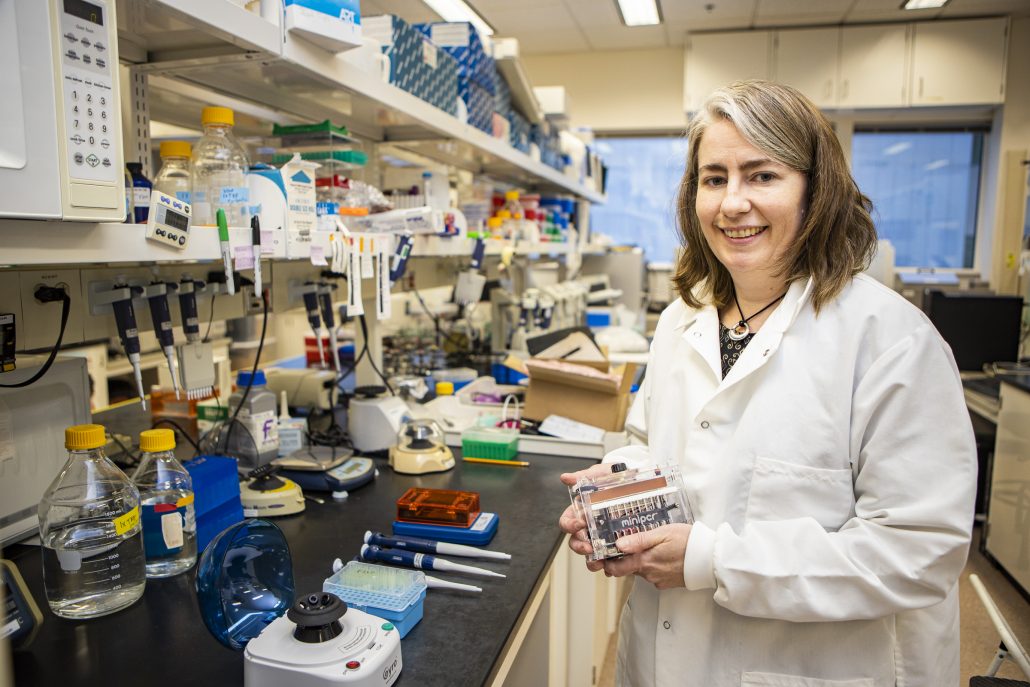
Recently, University of Alaska Fairbanks (UAF) professor Diana Wolf encountered the challenge of offering hands-on labs virtually. She volunteered to convert her ‘Principles in Genetics’ course to a virtual setting as soon as UAF started offering more of their core science curriculum online. A DNA analysis lab is a crucial component of Dr. Wolf’s course. Students use next-generation DNA sequencing to determine if the ingredients in herbal supplements match what is listed on their labels. Dr. Wolf wanted to offer this same exposure to modern biotechnology in the online version of ‘Principles of Genetics’ and UAF encouraged her to find a way of including the herbal supplement DNA sequencing activity. In response, Dr. Wolf developed a “DNA sequencing at home” project, where students were given the option to do the lab work at home. Twelve students were up for the challenge.
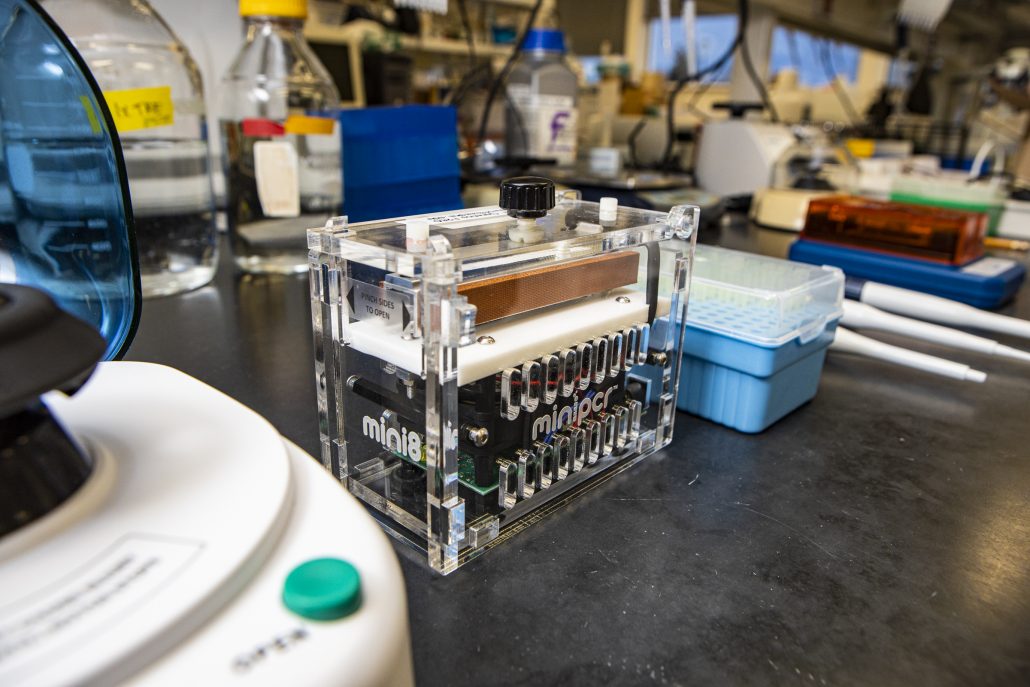
In order to serve these students, Dr. Wolf’s first challenge was to find lab equipment that could be easily shipped and used at home. That is when Dr. Wolf turned to miniPCR bio. With funding from both UAF internal grants as well as for an NIH funded IDeA Network of Biomedical Research Excellence (INBRE) grant, Dr. Wolf and her teaching assistant created at-home lab kits that included miniPCR bio’s small and innovative PCR and gel electrophoresis equipment, the perfect setup for these labs. The kits, along with all the consumables the students would need, were packed up and shipped to the students’ homes.
“Being able to do real molecular biology really increases motivation and engagement in a way that doing a virtual lab is just not going to do.”
The next challenge was for the students to actually complete the lab on their own. The herbal supplement sequencing lab activity is complex and Dr. Wolf was concerned about the students’ ability to successfully follow all of the protocols on their own. Students must choose a supplement to test, extract DNA, and then perform several rounds of PCR and gel electrophoresis and then return their prepared DNA to Dr. Wolf for sequencing. “Normally in the face-to-face class, about half of the students get a supplement to work” Dr. Wolf explained, “I didn’t think the at-home students would have the lab skills to do it without someone standing next to them and coaching them.” To address this concern, Dr. Wolf and her TA created detailed protocols and videos walking the students through each step.

While the detailed protocols enabled the students to run the lab activity on their own schedule, at-home students had more work to do than the in-person students because they needed to set up their own lab equipment and do more of the preparatory work normally handled by faculty. On top of that, many of the students who opted to complete the lab at home were juggling full-time jobs, travel, and families in addition to a full course load. Dr. Wolf found that her initial deadline for the lab work was too ambitious, however, eventually ten of the twelve students returned samples for sequencing. Many of them successfully obtained DNA sequences, with a similar success rate to the students working on-campus in fully supported labs!
“Hands-on approaches are irreplaceable for learning science.”
In the end, Dr. Wolf concluded that the benefits of the at-home DNA sequencing project were well worth the effort. “By simply offering the class online we made it available to a lot of students that wouldn’t have been able to take a traditional class because of their work schedules or because they live remotely,” she said. “Being able to do real molecular biology really increases motivation and engagement in a way that doing a virtual lab is just not going to do.”
Looking forward, it is likely that, due to the COVID-19 pandemic, UAF will have to offer all of their courses online next year, making in-person labs impossible. Luckily, Dr. Wolf has a head start in giving students access to these critical learning experiences. “I was planning to continue running the face-to-face lab, but now I’m trying to get funds so that I can put the whole class entirely online” said Dr. Wolf. She, like many educators around the world, is paving to way on blending distance learning with hands-on approaches which are irreplaceable for learning science.
—
Related links:
UAF students first to do DNA sequencing at home. – https://news.uaf.edu/uaf-students-first-to-do-dna-sequencing-at-home/
New online genetics course allows college students to learn DNA sequencing on a flexible schedule – https://www.webcenter11.com/content/news/New-online-genetics-course-allows-college-students-to-learn-DNA-Sequencing-on-a-flexible-schedule-567777661.html?fbclid=IwAR3AtI4JVlSpKWNfrpQC0TmHVCWEBMN2FxoSQyg3VppzxXyF5Uj-j6y_FkI
Alaska INBRE (IDeA Network of Biomedical Research Excellence) -an NIH program – https://www.nigms.nih.gov/research/drcb/IDeA/Pages/INBRE.aspx would potentially be available to others: https://www.nigms.nih.gov/Research/drcb/IDeA/Pages/inbre_map.aspx
Photo credits:
All photos by JR Ancheta (UAF).
